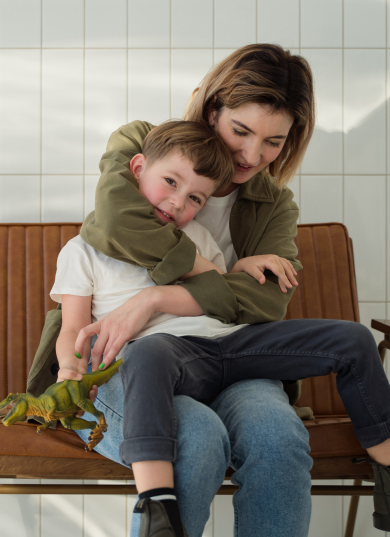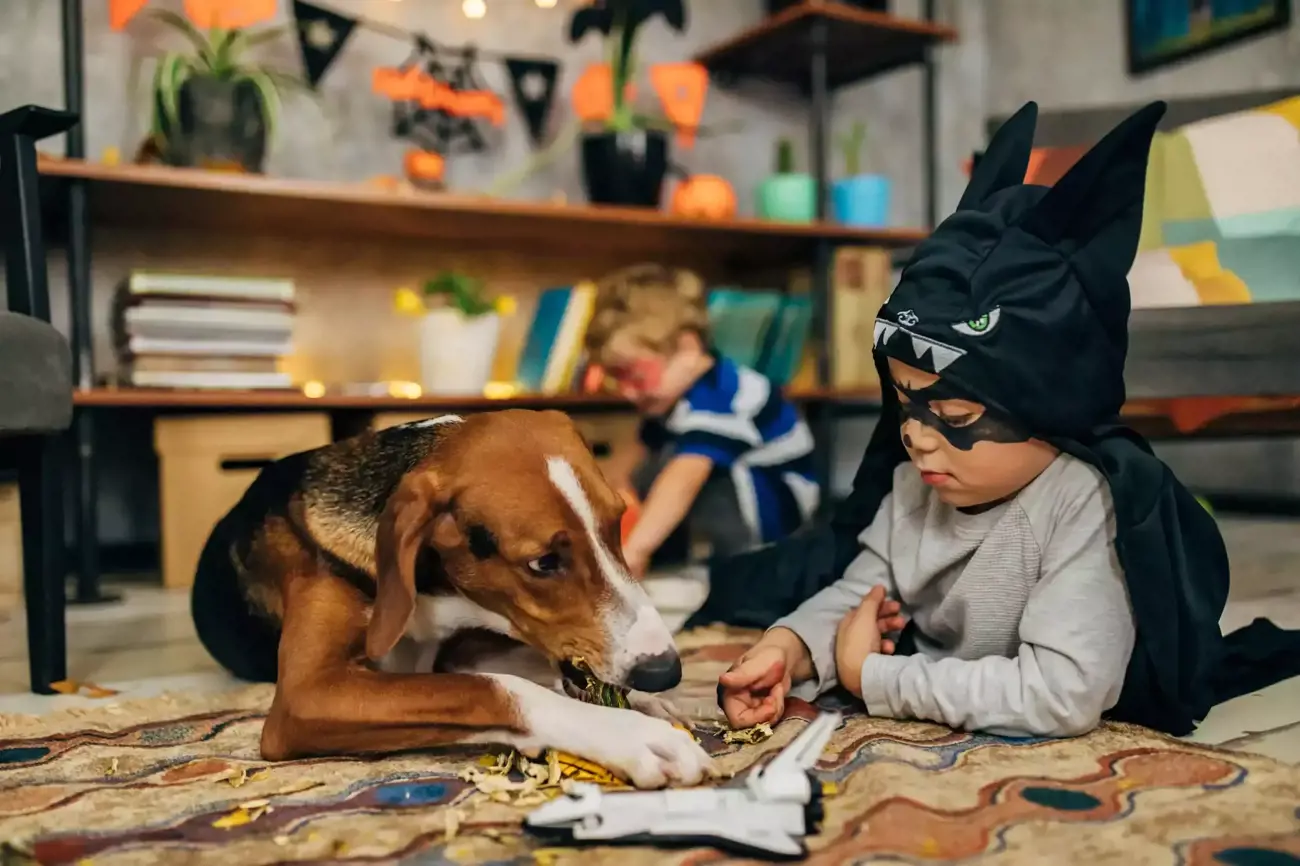Remember “The Little Engine That Could”? A classic tale about a train’s perseverance, and ultimate success. Well, if the ‘little engine’ had donned a cape and a superhero attitude it might have reached the top of the mountain a lot quicker, based on the research titled, the Batman Effect.
While there’s no denying the resolve of the little engine, the Batman Effect is a fun and simple exercise to show kids they’re stronger than they think and offers a useful strategy to foster perseverance in young children.
PositivePsychology.com provides this definition of perseverance: “finishing what one starts; persevering in a course of action despite obstacles; ‘getting it out the door’; taking pleasure in completing tasks.”
The ability to persevere despite challenges and frustration is an important life skill, and studies have shown it’s an ability contributing to success in life. Research also provides evidence that goal-striving perseverance can help fend off depression, anxiety and panic attacks.
Perseverance can be nurtured from a young age, and early childhood educators are in a key position to encourage a child’s ability to persist and overcome challenges.
The Batman Effect research explained
The Batman Effect refers to the finding that children perform better on a challenging task if they pretend to be someone else, such as Batman, who would be good at the task.
Psychologist Rachel White and her colleagues designed the study to explore what helps young children stick with a task even when it is dull or tough to do, rather than quit and do something irresistibly entertaining.
Participants were aged between four and six-years-old, with children asked to work hard on a boring, 10-minute computer activity. This involved pressing a space bar when they saw cheese and not pressing it when they saw a cat. They were told they could take a break and play a game on an iPad whenever they wanted.
The children were divided into three groups:
- Group one – Researchers instructed them to periodically ask themselves, "Am I working hard?"
- Group two – Researchers instructed them to refer to themselves in the third person. They periodically asked themselves, "Is (insert their name) working hard?"
- Group three – Researchers instructed them to pretend they were a hard-working character like Batman or Dora the Explorer, Bob the Builder, Rapunzel from Tangled or another hard working character. They were given a prop, like a cape, to remind themselves to act like their character. Then, they were told to periodically ask themselves if their character was working hard, such as, "Is Batman working hard?"
The children who referred to themselves in the first-person took the most breaks and struggled to get through the task. The children who referred to themselves in the third person did a little better – researchers suggested this was likely because they were able to separate themselves from their emotions by referring to themselves in the third person.
The third group performed the best. With six-year-olds spending more time working compared to four-year-olds. But regardless of how old they were, kids who embodied a hard-working character persevered the most.
White and her colleague explained: “Taking on the perspective of another person could have provided the greatest separation from children’s own experience, allowing them to disengage from immediate temptations or negative emotions and focus on their goals.”
They suggested kids may have persevered more because they were able to strongly identify with the characters’ competence and strengths, particularly with the help of props, or because pretending to be a heroic character was actually fun.
The tactic used by group two and three is called ‘self-distancing’. It involves taking an outsiders view of one’s own situation. A 2019 study found self-distancing can also help children regulate their emotions during an emotionally charged task.
Promoting perseverance
Model perseverance
Researchers found children as young as 15 months can learn the value of hard work by perseverance if their families model the behaviour. A child watching adults struggle to achieve goals before they succeeded tried harder at their own difficult task – compared to children who saw an adult succeed effortlessly. Educators can share this knowledge with families and show persistence and perseverance themselves through their own behaviour.
Allow children to problem-solve
Problem-solving skills are all too easily left undeveloped when practitioners step in too quickly to offer their own solution to a problem. Be there to support and if necessary, step in with open-ended questions that might support their thought process.
Set realistic and age-appropriate challenges
Provide lots of different types of challenging activities, like games or puzzles that have more than one way to solve a problem. Ensure the challenge is relevant to their age and ability. Encourage children to learn from any mistakes they may make and view them not as a failure but an opportunity to learn.
Remind them of their successes
Offer children encouragement for completing goals, for not giving up, and for being determined. Remind children about experiences where they may have previously overcome their frustrations and succeeded.
Read books
There’s nothing better than a great story to start a group discussion on perseverance with children. Here are some suggestions: The most magnificent thing, The little engine that could, How to catch a star, the movie Finding Nemo also introduces the concept of perseverance and how our differences make us special.
Resources and further reading
First Five Years: Perseverance: Teaching the value of effort
Reflection Sciences: Does the Batman Effect help some children more than others?
Scholastic: The Little Engine That Could Teaching Plan

































